The conflict between the Democratic Republic of the Congo (DRC) and Rwanda has escalated significantly, particularly in early 2025. Here’s a detailed overview based on recent reports:
Military Clashes: There have been intense military engagements, with Rwanda-backed M23 rebels claiming to have captured Goma, a key city in eastern DRC. The DRC has accused Rwanda of direct military intervention, with reports suggesting that Rwandan troops have crossed the border to support the M23 offensive. The Congolese military, alongside allied forces, have been involved in heavy fighting, which has led to significant casualties, including UN peacekeepers from South Africa and Malawi.
Humanitarian Impact: The conflict has displaced hundreds of thousands of people, worsening the humanitarian crisis in the region. Attacks have affected civilian areas, including camps for displaced persons and a maternity hospital in Goma.
Diplomatic Tensions: Relations have deteriorated to the point where the DRC has severed diplomatic ties with Rwanda, recalling its diplomats and asking Rwanda to cease diplomatic activities in Kinshasa. This escalation follows accusations from both sides, with Rwanda often claiming it needs to protect Tutsi populations in the DRC from genocide ideology, while the DRC accuses Rwanda of supporting rebels to destabilize the region for economic and political gain.
International Response: The situation has prompted emergency meetings at the UN Security Council, with concerns about the conflict potentially expanding into a regional war. There have been calls for Rwanda to withdraw its forces and for sanctions against those fueling the conflict.
Historical Context: The conflict has roots in the aftermath of the 1994 Rwandan genocide, involving ethnic tensions between Hutus and Tutsis, with various armed groups in eastern Congo, including the M23, claiming to protect minority rights but also accused of being proxies for foreign interests. Rwanda has historically supported groups like M23, citing the presence of Hutu extremist groups in Congo as justification for its involvement.
Current Dynamics: The M23’s recent gains, including potentially taking control of Goma, indicate a shift in the power dynamics in the region, raising fears of a broader conflict. The situation is complex, involving not just military aspects but also economic interests due to the mineral-rich nature of eastern Congo.
Sentiments of rising tensions, mutual accusations of aggression and support for armed groups, and concerns about the implications for regional stability. These posts highlight the ongoing verbal and political escalation between the leaders of both countries.
In summary, the DRC-Rwanda conflict in 2025 is characterized by military escalation, significant humanitarian impact, severed diplomatic relations, and international concern about the potential for a wider regional war.

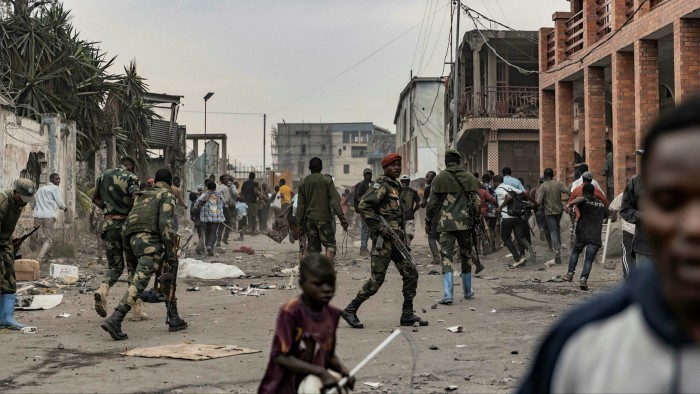
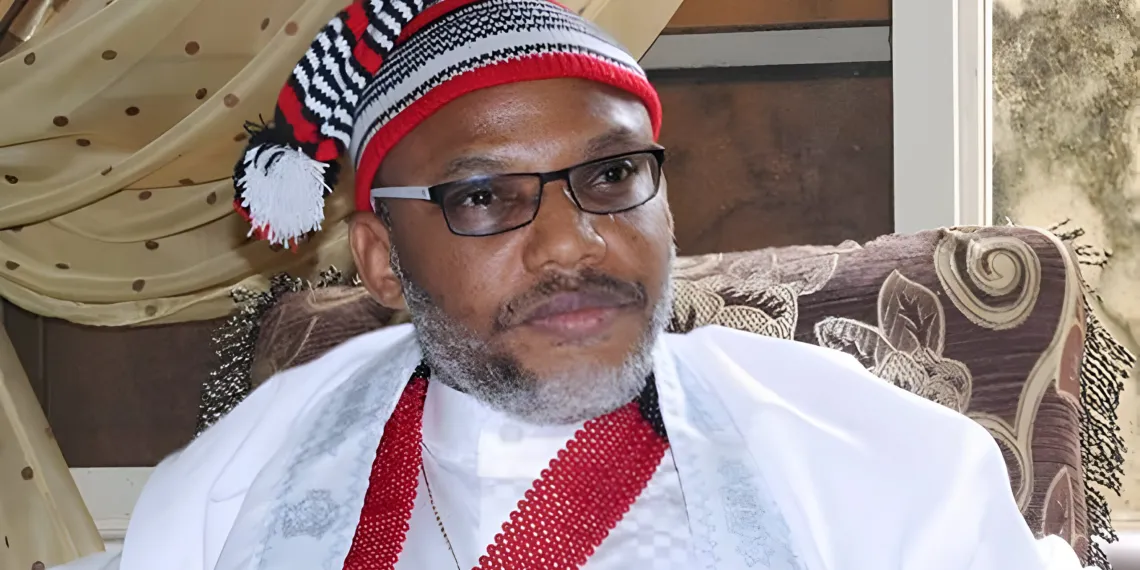
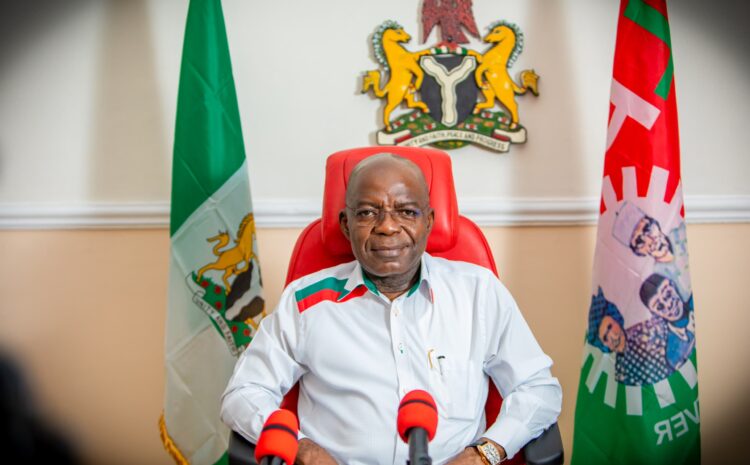
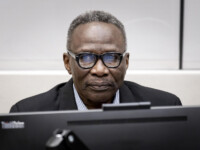

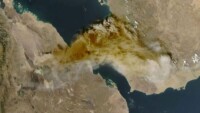

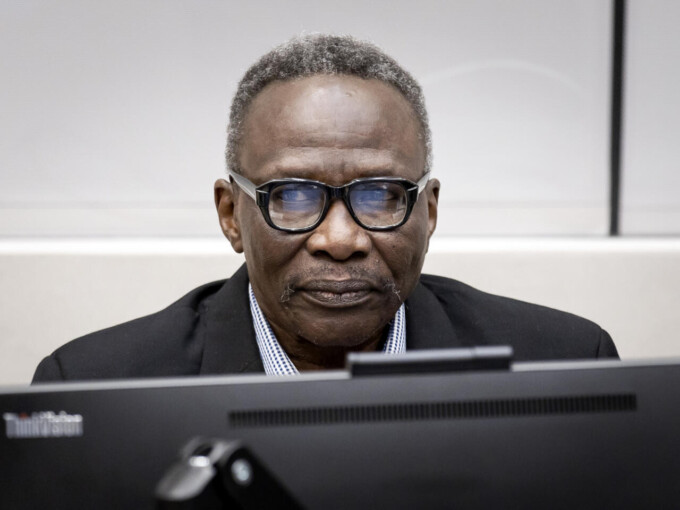
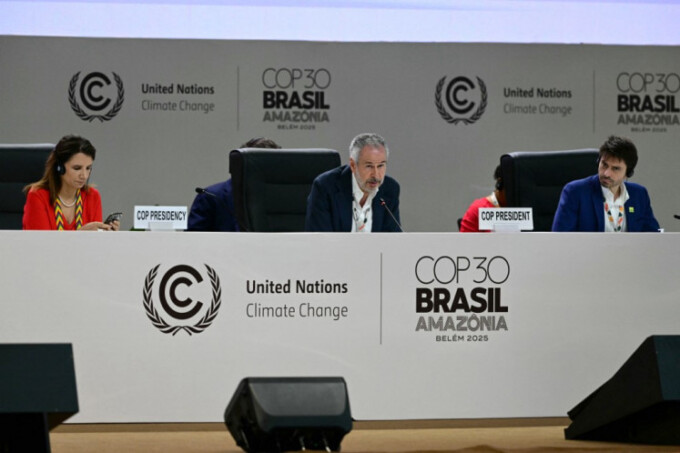
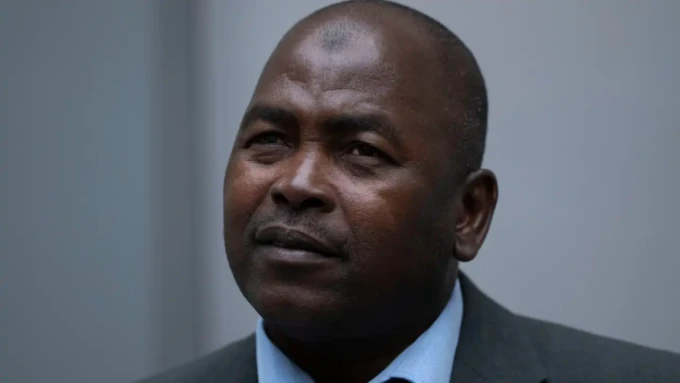
Leave a comment